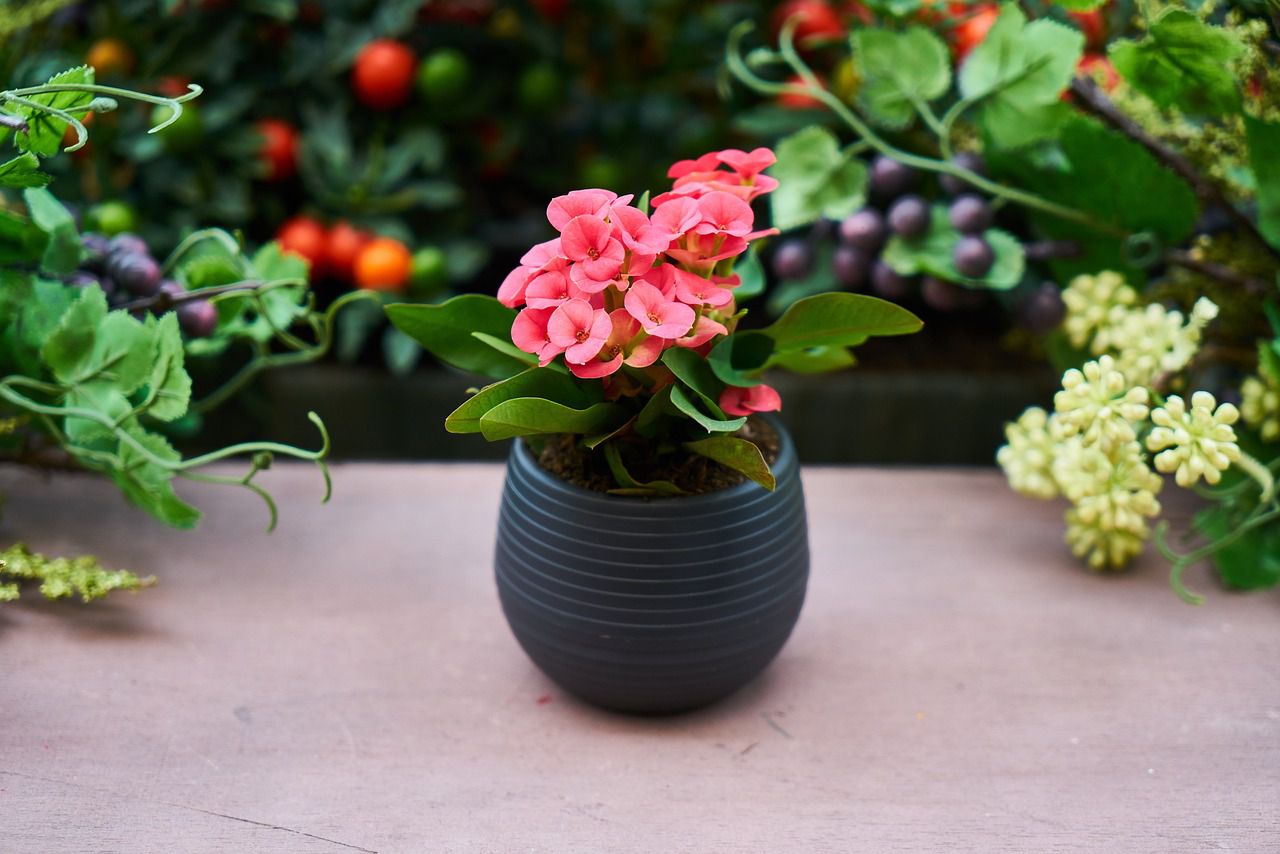While some plants can withstand winters easily, others can't - so you need to help them survive.
Moving some plants indoors for the winter is essential for their survival and overall well-being.
Several reasons make this practice beneficial.
Temperature Protection
Many plants are sensitive to cold temperatures and frost.
Bringing them indoors provides a controlled environment with regulated temperatures, protecting them from freezing temperatures that could otherwise damage or kill them.

Light Levels
During the winter months, daylight hours are shorter, and the intensity of sunlight decreases.
By moving plants indoors, you can ensure they receive sufficient light to continue photosynthesizing and stay healthy.
Wind Protection
Indoor environments shield plants from harsh winter winds, which can cause dehydration and damage to leaves and stems.
Moisture Control
Indoor environments often have higher humidity levels than the dry winter air outside.
This can help plants retain moisture and reduce the risk of drying out.
Protection for Tender Plants
Some plants are classified as tender and cannot tolerate freezing temperatures at all.
Moving them indoors ensures their survival through the winter.
Preservation of Perennial Plants
For perennial plants that are not winter-hardy in your region, moving them indoors allows you to preserve them and replant them outdoors when the warmer weather returns.









